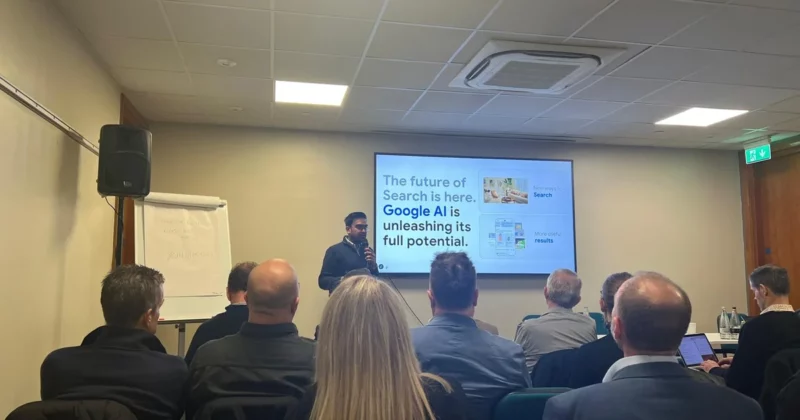
Europe is on the brink of the most significant border transformation since the creation of Schengen. Two new systems, (the Entry/Exit System (EES) and the European Travel Information and Authorisation System (ETIAS)) will reshape how people cross borders and how airlines operate.
Most carriers are not ready.
A new era of border infrastructure
Since October 2025, EES has started its rollout, nation by nation. It will record biometric data and monitor the movement of all non-EU nationals entering and leaving the Schengen Area. ETIAS will follow in 2026, requiring visa-exempt travellers to obtain pre-authorisation before their trip, similar to the US ESTA.
Together, these systems mark the arrival of a fully digital border. But they also raise broader questions — about freedom of movement and privacy for Europeans individuals – and for governments, questions about accountability, sovereignty and how the mechanics of travel are governed.
Politics and paperwork
The disruption is not only technical. EES and ETIAS reflect a political shift towards tighter control of mobility and greater use of surveillance (and, for the first time ever in the history of European border controls -using our biometrics and facial templates.
Airlines, not only border forces, will shoulder much of the operational impact. They will be responsible for verifying passenger data, authorisations and biometric clearances before boarding. Failing to do so could lead to long delays. reputational risk and ultimately fines.
Passenger awareness remains low
Many travellers still assume that “Europe equals easy travel”. Few realise that, from 2025, entry will depend on new layers of digital permission. Passengers’ digital awareness is as wide-ranging as their education and access to digital tools. When confusion arises, both passengers and airlines will be on the receiving end — but only the airlines will bear the increased cost both operationally and reputationally.
Beyond technology
EES and ETIAS signal a shift in responsibility. Border control is no longer only a government matter; it is becoming a much more regulated obligation forcing a shared operational task across the travel ecosystem. Yet the burden is uneven. Airlines are being asked to act as de facto border agents without the same budgets, staff, or support or data infrastructure compared to border authorities.
Preparing for change
For airlines, readiness depends on action now:
- Review existing systems for compatibility with biometric and biographic regulatory checks passengers face.
- Train airport and call-centre staff for new passenger scenarios for both.
- Communicate early with passengers to improve understanding and manage expectations.
- Provide tools & convenience for passengers to meet the new data requirements and know, well in advance. Application of complex rules for permission, too.
- Engage with regulators to clarify regulatory requirements, airlines’ own liability,escalation processes, and (should mistakes happen) – airline fines.
Above all, robust passenger identity infrastructure will no longer be optional, but mission-critical for every airline.
The new reality of European travel
We’ve not had travel regulations – or restrictions- like this since WW2. It’s a reminder of how deeply travel freedom is embedded in Europe’s identity, and how quickly it can change.
The rules of cross-border movement are being rewritten. Airlines are at the centre of that heavy regulatory transition, shaping what the next chapter of European travel will look like.










